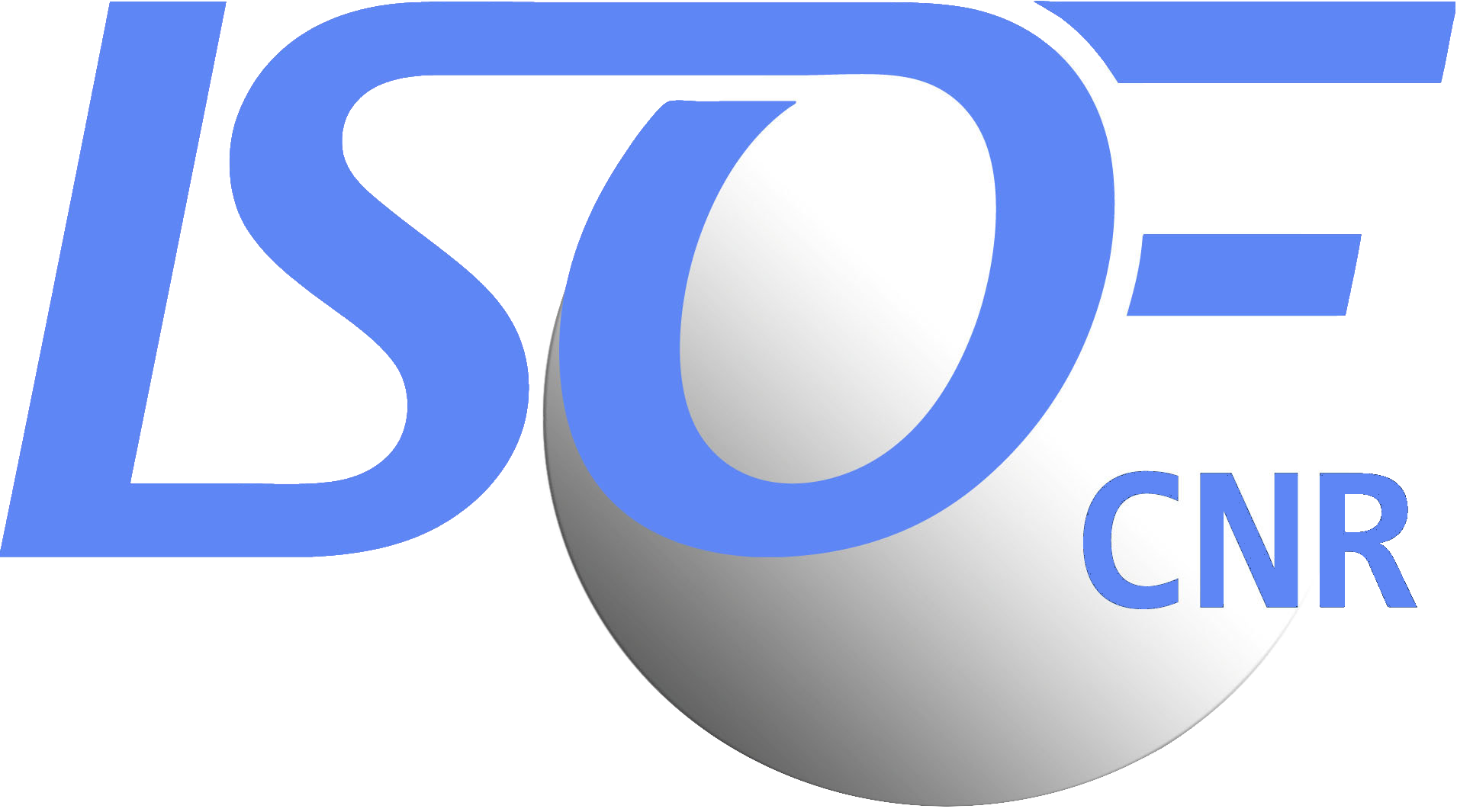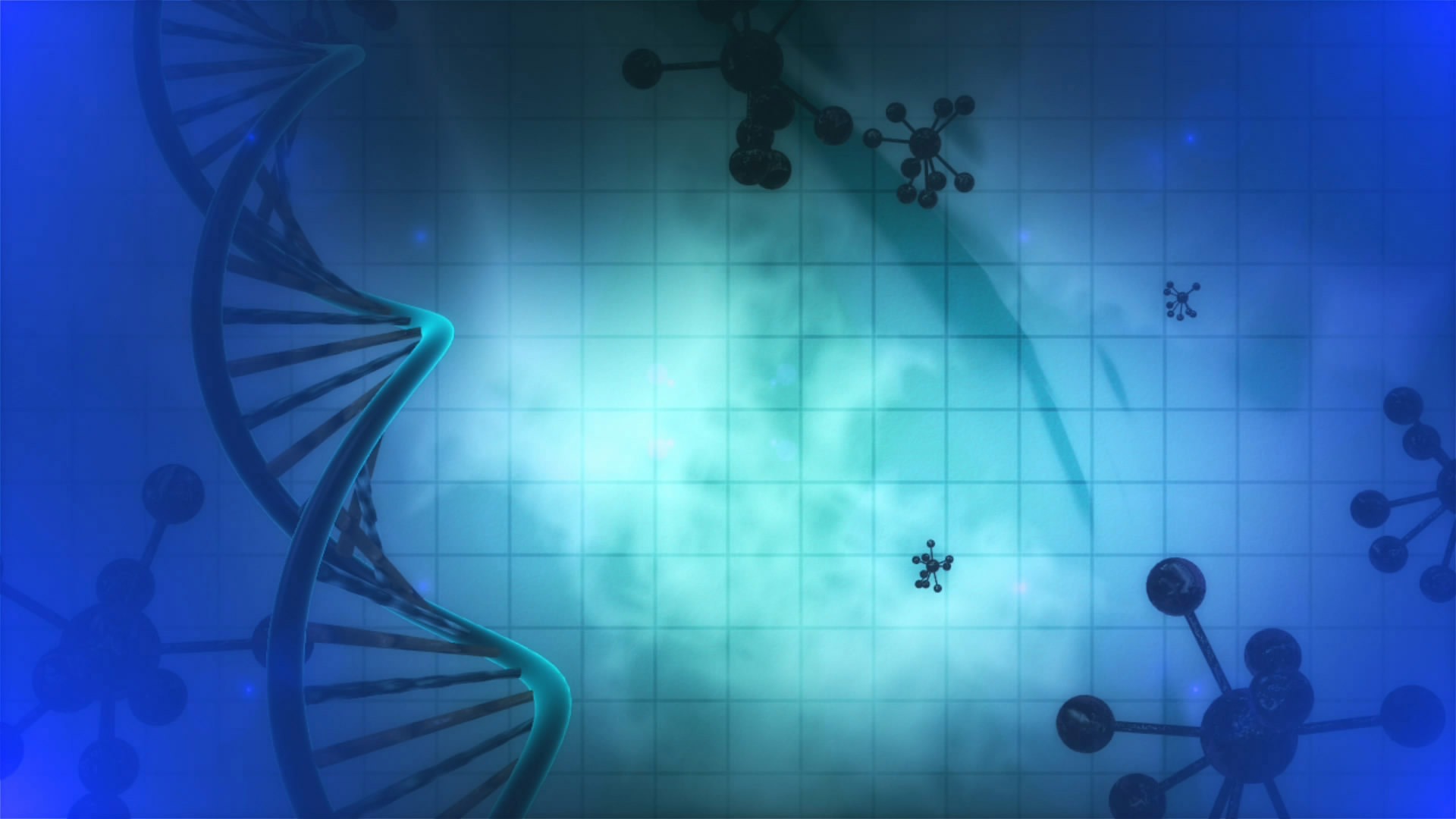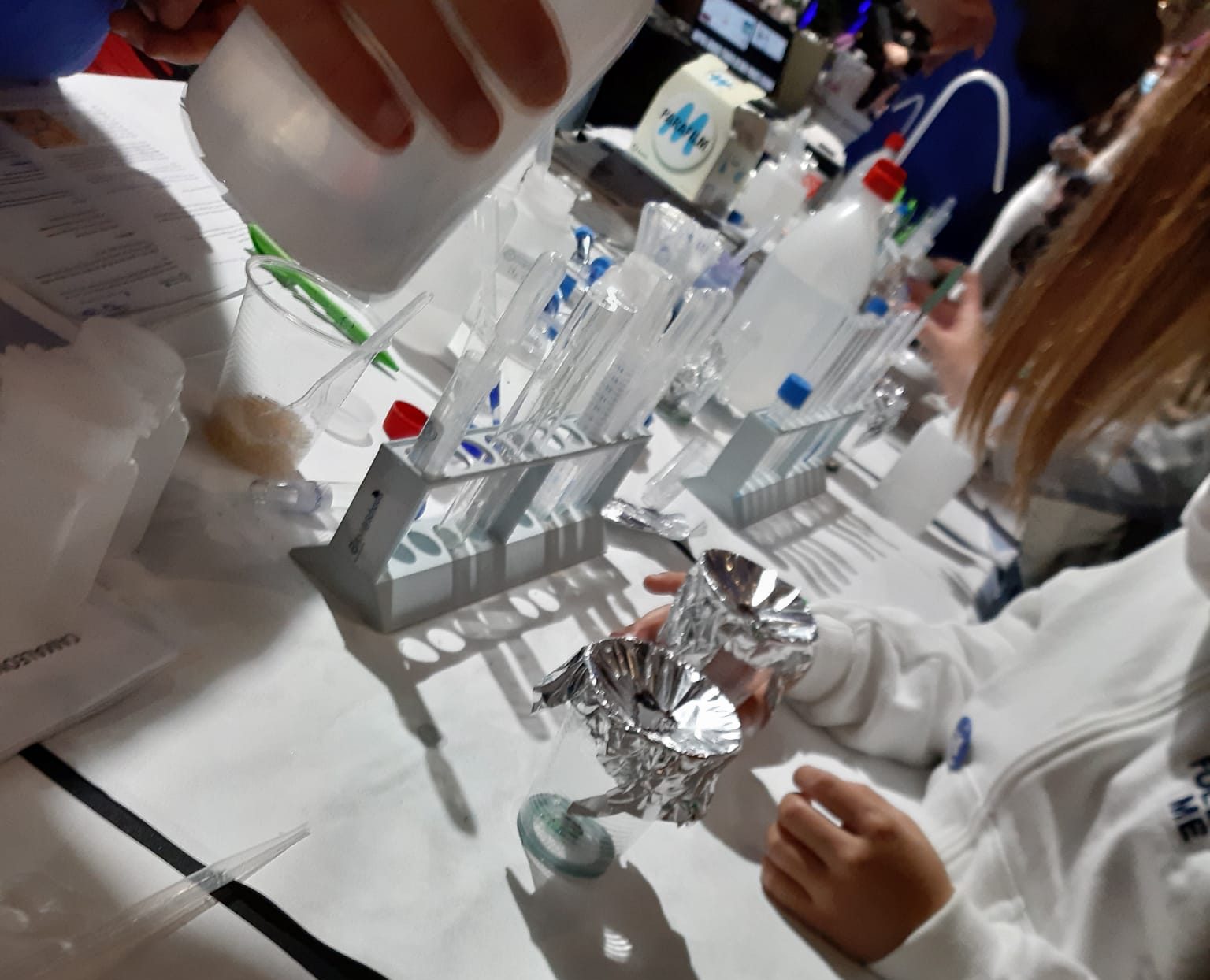Latest news at ISOF
-
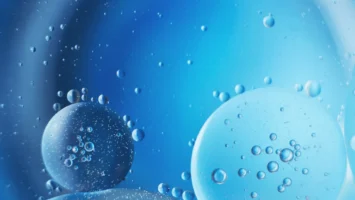
Research fellowship on graphene-based materials for water purification
Master’s Degree in Chemical Sciences required.Deadline: November 7th, 2025.
-

European Researchers’ Night at CNR Bologna
Any student can become researcher for a day at CNR, Bologna!
-
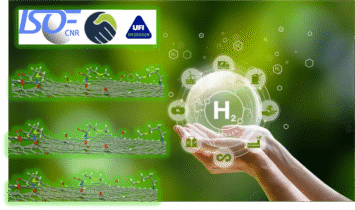
ISOF-UFI collaboration on Hydrogen for Green Technology
The partnership will develop advanced materials based on functionalized graphene oxide.
-

ISOF at European Researchers’ Night 2025
Our researchers present a deep dive in Food and Textiles Science.
-

Emanuela Saracino Honored with the EuroMed 2025 International Award in Locorotondo
On September 12, 2025, in the beautiful setting of Locorotondo in Puglia, Dr. Emanuela Saracino of ISOF–CNR received the prestigious EuroMed 2025 International Award. The …
-

ECOMONDO Conference: Materials Innovation for the Ecological Transition
An ISOF researcher, a university professor and the CEO of a start-up discuss future technologies for sustainable materials.
-

ISOF’s “Green” Board Games Featured in national CNR yearbook
ISOF Researchers create original board games to engage in environmental and scientific education throught Change the Game project. Their creations are now featured in national CNR dissemination yearbook.
-
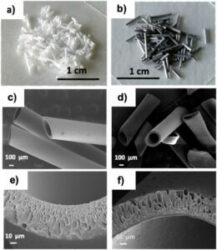
From Plastic Waste to Pure Water: Upcycling for a Cleaner Future
Plastic debris is one of the most widespread pollutants in our oceans, sometimes even forming floating islands. But what if this pollutant could become part of the solution?
-

SMYD3 Identified as Key Therapeutic Target for Colorectal Cancer Stem Cells
A groundbreaking study published in Signal Transduction and Targeted Therapy, a high-impact journal within the prestigious Nature Portfolio and featuring the contribution from ISOF researchers, …
-

ISOF annonuces the new project: Sustainable Water Innovations for Fielded Troops (S.W.I.F.T)
We are delighted to announce our participation in a project under the European Defence Fund (EDF). The project, titled Sustainable Water Innovations for Fielded Troops (S.W.I.F.T), is …
-
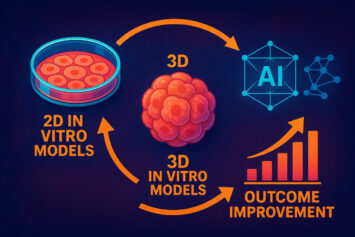
Revolutionizing Cancer Research with 3D Models and AI
A recent review by Momoli, Costa, Lenti, Tubertini, Parenti, Martella, Varchi, and Ferroni, published in Cancers 2025, explores the transformative potential of advanced three-dimensional (3D) …
-
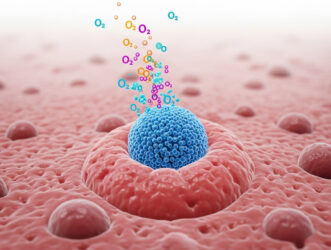
Synergistic Chemo-Immune Therapy via Oxygen-Releasing Nanoparticles
In a recent study published in ACS Applied Nano Materials, researchers from ISOF-CNR and the University of Padova developed an innovative nanoplatform for cancer therapy. …
-
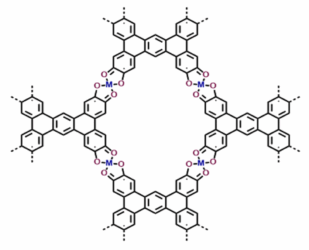
Tuning Molecular Architecture with Ions
How Metal Choice Shapes the Structure of Coordination Polymers
-

Silicon Nanowires Shed Light on Chronic Pain Mechanisms
Chronic pain affects millions of people worldwide and remains difficult to treat due to the complex biology underlying pain perception. At the center of this …
-
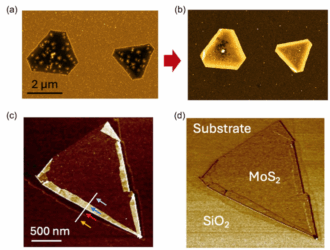
New Method Boosts 2D Materials Performance Using Tiny Folds
CNR researchers describe simple way to supercharge MoS₂ nanosheets by creating nano-folded edges—100x thicker than the original for clean hydrogen production and better green tech.
-
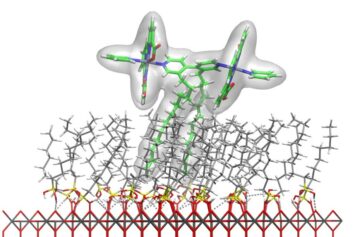
Designing Supramolecular Electrodes for Solar Fuel Production
Solar fuels are clean energy carriers produced by converting solar energy into chemical energy, often in the form of hydrogen.
-
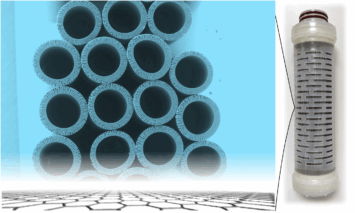
Academia-Industry Partnership Delivers Breakthrough Water Purification Technology
A successful collaboration between ISOF researchers and industry highlighted by Nature Water journal
-
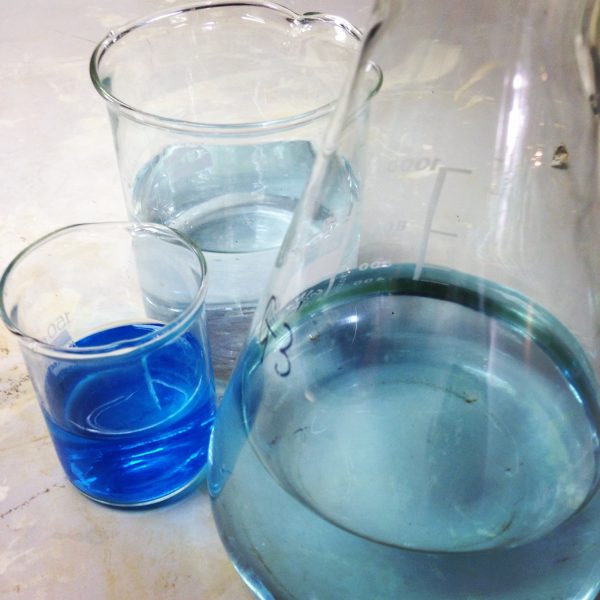
PUBLIC COMPETITION FOR EMPLOYMENT UNDER A FULL-TIME, INDEFINITE-TERM CONTRACT- FOR TECHNICAL COLLABORATOR
CALL FOR ENTRIES N. 367.476 CTER ISOF APPLICATION DEADLINE: MAY 8th 2025 A public competition is now open for the recruitment of a full-time, open-ended …
-
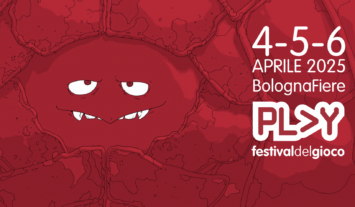
PLAY 2025: Fun and Experiments for Everyone!
ISOF researchers present scientific games at the most important game fair of Italy.
-

Scientific Agreement between IMM-ISOF CNR and Johns Hopkins University
Yesterday, 18th March 2025 the Scientific Cooperation Agreement between CNR and the Department of Mechanical Engineering at Johns Hopkins University (JHU Baltimore, USA)-Prof. Ishan Barman, …
-
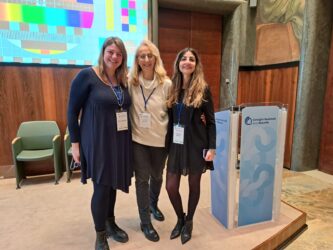
Science Communication and Healthy Diet for Children: LO-Veg Project Event in Rome
Today, Friday, January 24th, 2025, the Marconi Hall at the CNR in Rome hosted an important training event in collaboration with the National Union of …
